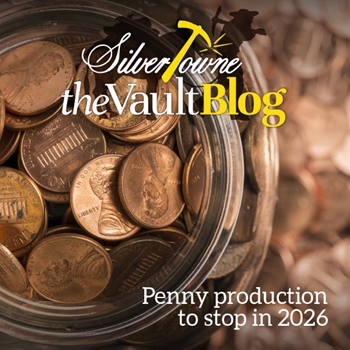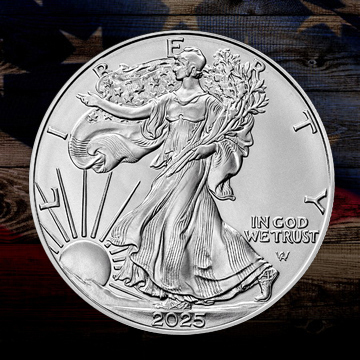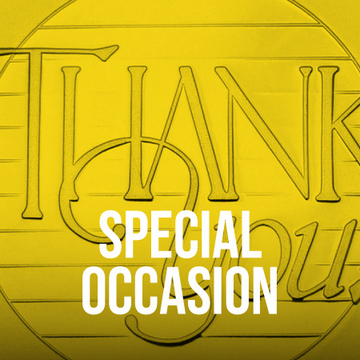
Recently, the announcement to cease U.S. penny production by the U.S. Treasury Department has marked the conclusion of a significant chapter in American currency history. Although used consistently in daily transactions, the penny is increasingly becoming obsolete due to rising production costs and evolving consumer habits. As the nation reflects on the implications of this decision, it's crucial to delve into the reasons behind it, the historical significance of the penny, and the potential impact of discontinuing this long-standing denomination. This pivotal moment highlights shifts in monetary policy and invites a reconsideration of the role of small denominations in our economy.
Reasons for Ending Penny Production
The rising costs associated with penny production have become a pressing concern for the U.S. Mint and policymakers. Currently, producing a penny costs more than its face value, with expenses arising from raw materials, manufacturing, and distribution. This economic imbalance questions the sustainability of maintaining the penny within the currency system.
From an economic perspective, the continuation of penny production results in losses for taxpayers. As transactions increasingly shift towards digital forms of payment, the demand for physical pennies dwindles. Redirecting resources allocated to penny production could lead to savings for the government and taxpayers, addressing more pressing economic needs.
Public sentiment is also shifting, with many Americans preferring to round transactions to the nearest five cents rather than dealing with pennies. As cash transactions decline and digital payment methods such as credit cards and mobile solutions gain prevalence, the necessity of the penny diminishes. The convergence of rising production costs, economic implications, and changing public attitudes fuels the ongoing debate about ending penny production in the United States.
Historical Significance of the Penny
The penny holds a unique place in American history and culture, serving not just as currency but also as a symbol of everyday life. Introduced in 1793, the penny has undergone various transformations, reflecting the nation's evolving values and ideals. It represents the spirit of the American people, often seen as a humble yet essential part of commerce.
Throughout its history, the penny has featured notable designs and figures that capture significant moments in U.S. history. The most famous is Abraham Lincoln's depiction, gracing the penny since 1909 to commemorate his birth centennial. The reverse side of the penny has showcased designs like the iconic wheat ears and the Lincoln Memorial, evoking nostalgia and pride.
The evolution of U.S. currency and coinage has been a fascinating journey, with the penny adapting to societal and economic changes. Initially minted in copper, the penny transitioned to a zinc and copper composition during World War II due to metal shortages. This evolution mirrors broader trends in American finance, illustrating how even the smallest denomination can tell a larger story about the nation's economic history.
Impact of Discontinuing the Penny
The decision to end U.S. penny production may have widespread effects on consumers and businesses. For consumers, the absence of the penny could necessitate minor adjustments in daily transactions, particularly in cash payments. While some may welcome simplified pricing, others might perceive increased costs if prices are rounded up. Businesses, especially small retailers, may experience both relief and challenges; although they might save on handling costs, they must adjust pricing strategies to accommodate rounding practices.
The discontinuation of the penny will likely result in changes to pricing and rounding practices. Retailers might adopt a standard approach to rounding, whether up or down, potentially creating inconsistencies across businesses. Clear communication from businesses will be essential to maintain customer trust and ensure smooth transactions.
Furthermore, the future of cash transactions in the U.S. economy could be significantly impacted. As digital payment methods continue to gain traction, eliminating the penny may further accelerate this trend. Consumers may increasingly opt for cashless transactions, streamlining payments and reducing the hassle of handling coins. In this evolving landscape, the role of physical currency may diminish, prompting businesses to adapt to new payment technologies while maintaining connections with customers who still prefer cash.







